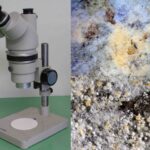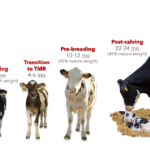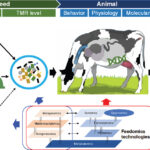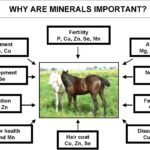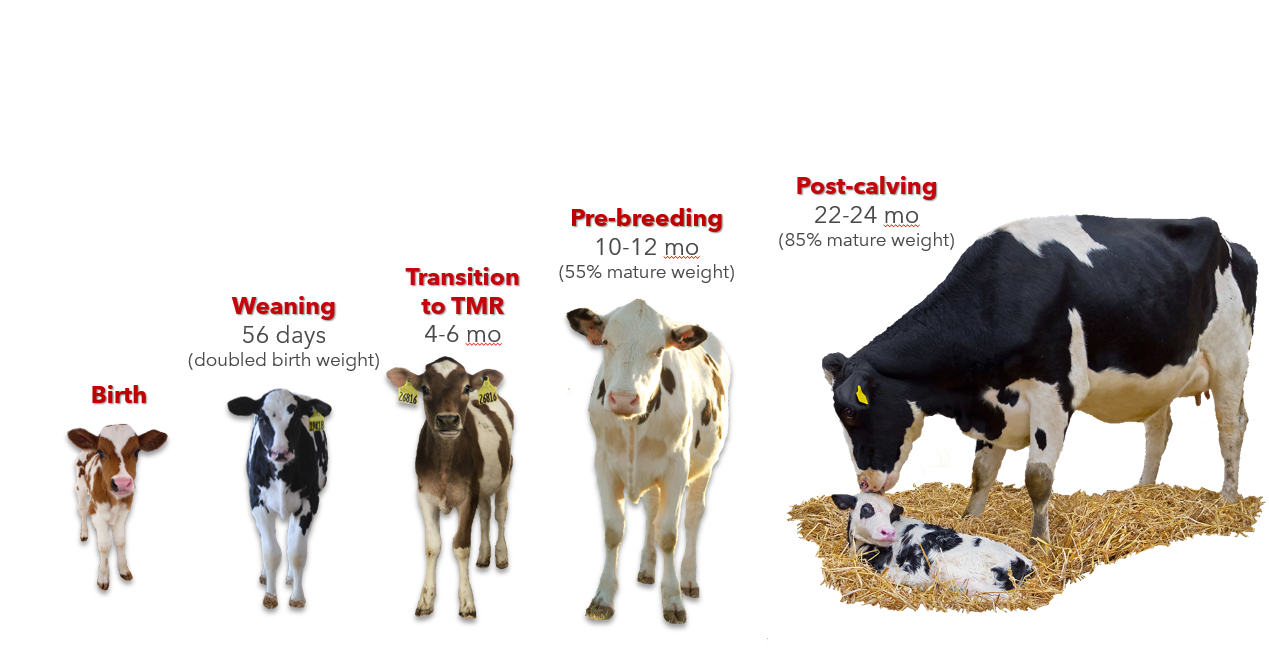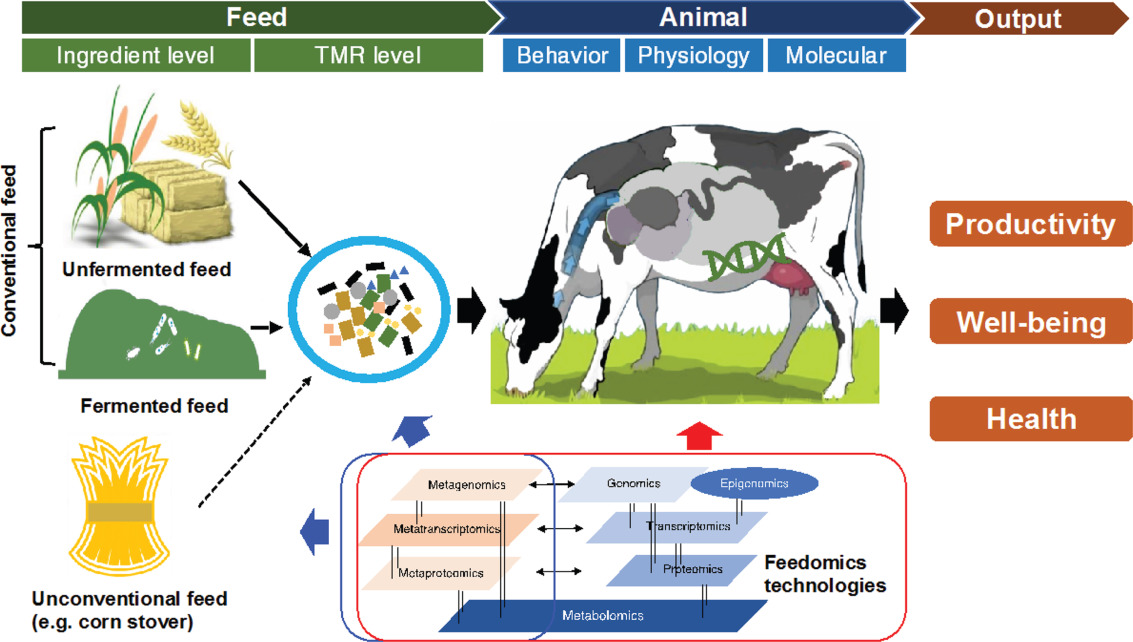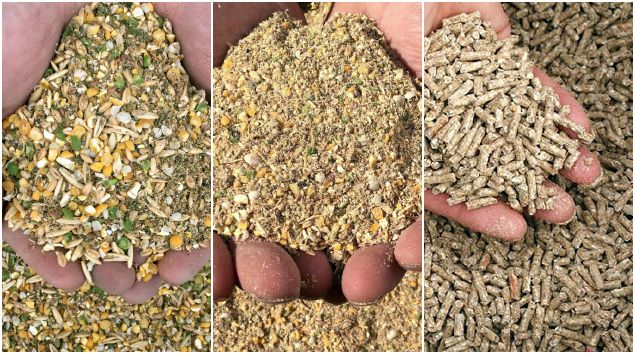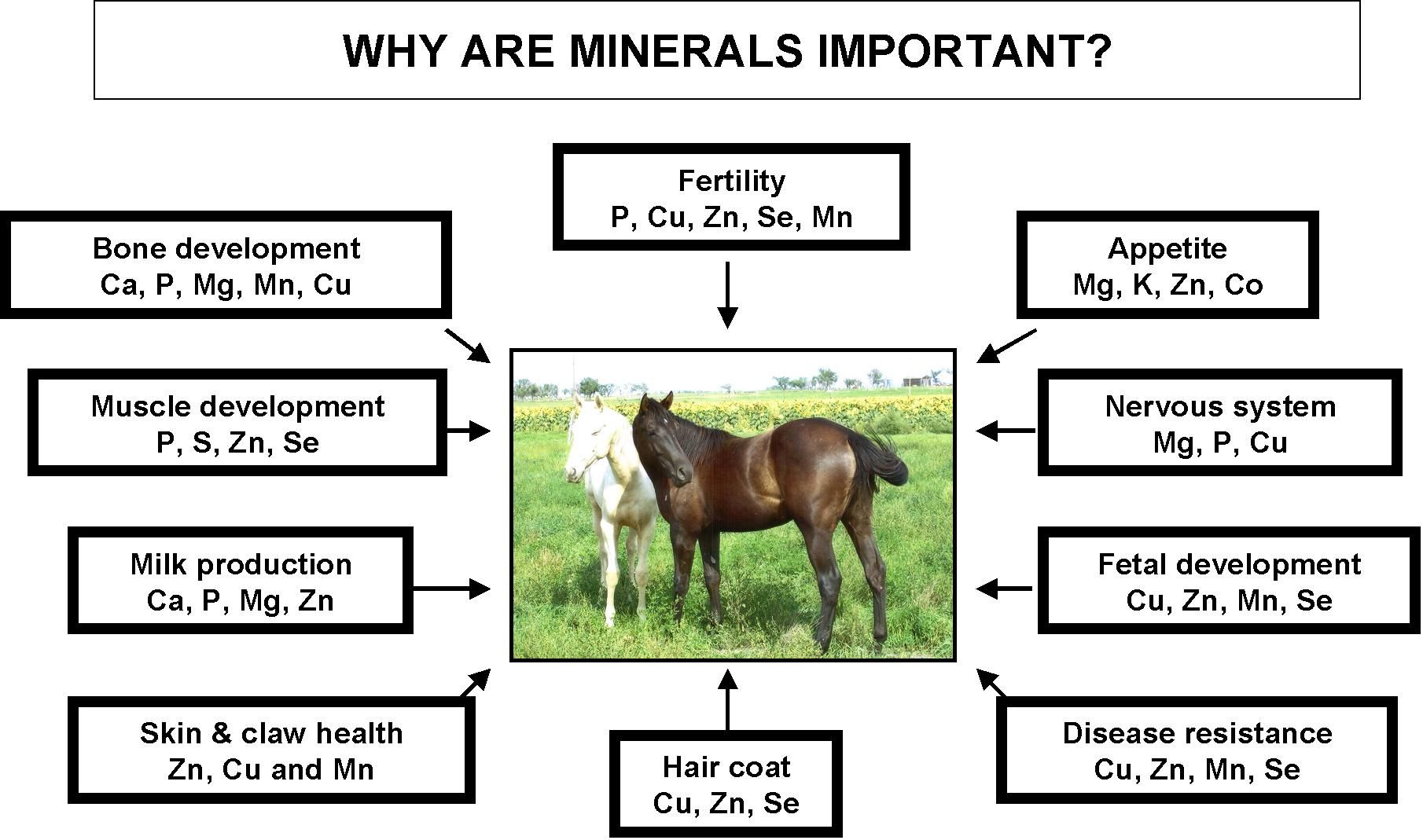1. Principle
A water extract from silage is acidified and centrifuged. The alcohols and volatile fatty acids
(VFA) are separated in the chromatography column depending on their molecular weight
and then detected, identified, amplified, and areas integrated.
2. Scope
The procedure for determination of alcohols and volatile fatty acids is only applicable to
silages.
3. Responsibilities
Laboratory Analysts shall perform the analysis as per this method. It is the responsibility
of the Laboratory Analyst to ensure that all conditions laid down in the method are met
and strictly adhered to. Any deviations from the prescribed method shall be recorded and
supervisor notified.
4. Equipment
4.1. Gas-liquid chromatograph provided with a flame ionization detector.
4.2. Capillary column EC-1000 (L = 30 m, ID = 0.53 mm) with a stationary phase of acid
modified polyethylene glycol (thickness = 1.20 μm) (see remark 9.1).
4.3. Integrator (software or chart recorder).
4.4. Centrifuge.
4.5. Vortex mixer.
4.6 Balance accurate to 0.1 g.
5. Reagents
5.1. Oxalic acid dehydrate (solvent); make solutions of 0.12 M and 0.03 M.
5.2. Iso-butanol 99.9% (internal standard for alcohols); make solution of 10 μmol/ml.
5.3. Iso-caproic acid 99.0% (internal standard for VFA); make solution of 10 μmol/ml.
5.4. Standard mixture: pipette 12.5 ml oxalic acid solution (0.12 M) in a graduated flask of
50 ml and add 65.40 μl acetic acid, 10.60 μl propionic acid, 5.02 μl iso-butyric acid,
13.00 μl butyric acid, 2.48 μl iso-valeric acid, 2.98 μl valeric acid, 4.00 μl methanol,
72.40 μl ethanol, 5.74 μl propanol and 1.98 μl butanol and make up to the mark with
distilled water.
5.5. Make blank solvent (Bs): 5 ml of oxalic acid solution (0.03 M).
5.6. Make blank internal standard (Bis): 4 ml of oxalic acid solution (0.03 M) + 0.5 ml
isobutanol solution and 0.5 ml iso-caproic solution.
5.7. Make calibration standards: 3.5 – 3.0 – 2.5 – 2.0 – 1.5 ml of oxalic acid solution (0.03
M) + 0.5 ml isobutanol solution and 0.5 ml isocaproic solution + 0.5 – 1.0 – 1.5 – 2.0
– 2.5 ml of the standard mixture (5.4).
5.8. Make a positive control by adding 0.2 ml isobutanol solution (5.2) and 0.2 ml isocaproic
solution (5.3) to 1.6 ml of the standard mixture (5.4).
6. Procedure
6.1. Weigh 100 g of silage in a 1-L volumetric flask and add distilled water up to the mark.
Let the silage soak for 16 hours (overnight) in a refrigerator (2–8 ˚C). Filter through a
filter paper.
6.2. Analyse immediately or put the extract in the freezer. In the latter case, take the silage
extract out of the freezer and transfer to a refrigerator (2–8 ˚C) a day before analysis.
6.3. Pipette subsequently 2.0 ml of 0.3 M oxalic acid solution (5.1), 0.5 ml isobutanol
solution (5.2), 0.5 ml iso-caproic solution (5.3) and 2 ml of the silage extract into a 10
ml tube. Mix using a vortex (4.5). Centrifuge (4.4) at 2600 g for 5 minutes. Fill a vial
with 1.25 ml and flush with nitrogen.
6.4. Set the gas chromatograph (4.1) according to the manufacturer’s instructions; among
others: helium gas flow at 7.2 ml/minute, injection Port at 220 °C, column at 200 °C
and detector at 220 °C.
6.5. A series starts with 2 blank solvents (5.5), then a blank internal standard (5.6), then a
positive control (5.8) and finally a blank internal standard (5.6). After each 10 samples
a control in-between containing subsequently blank internal standard (5.6), a positive
control (5.8) and finally a blank internal standard (5.6) are analysed. The series ends
with the analysis of subsequently blank internal standard (5.6), a positive control (5.8)
and finally a blank internal standard (5.6).
6.6. Inject 1 μl of the prepared sample by means of a split/splitless injector (split 1/10) on
the wide bore capillary column (4.2). The volatile components are separated by means
of the carrier gas helium and the medium polar stationary phase (acid modified polyethylene
glycol) using a temperature gradient (80 °C for 5 minutes, 10 °C/minute up
to 200 °C and 200 °C for 8 minutes), and are detected by the flame ionisation detector.
NOTE: Between two injections the oxalic acid solution (0.03 M) is used to rinse the column.
7. Calculation
The identification and quantification of the components is based on a multilevel internal
standard calibration. For each component the relative retention time and the surface under
the peak are measured.
For each component a calibration curve is established. From this the concentration of
the component (μmol/ml) in the sample is derived taking into account the dilution factor.
The concentration, % in the silage, is calculated by multiplying by the molar weight.
8. Quality control
Frequent inclusion of the blank standard is required between the samples to prevent carryover
effect to the analysis of subsequent samples.
Frequent analysis of the blank internal standard is required to evaluate chromatographic
conditions.
Frequent analysis of a control sample is required to control the identification and quantification
of the components.
Samples should be analysed in duplicate. The difference between the values of two
parallel determinations carried out on the same sample shall be < 5% of the average value.
9. Remarks
9.1 Other types of GC columns that are capable to separate alcohols and volatile fatty
acids can be used.
10. References
Block, H.-J. & Weissbach, F. 1982. Zur gaschromatografiphischen Bestimmung flüchtiger
Fettsäuren in Silagen mit innerem Standard. Arch. Tierennährung 32 (9): 693–702.
Fussell, R.J. & McCalley, D.V. 1987. Determination of volatile fatty acids (C2 - C5) and lactic acid
in silage by gas chromatography. Analyst 112: 1213–1216.
Jouany, J.P. 1981. Dosage des acides gras volatils et des alcools dans les ensilages par chromatographie
en phase gazeuse. Bull. Techn. C.R.Z.V. Theix, I.N.R.A. 46: 63–66.
Jouany, J.P. 1982. Volatile fatty acid and alcohol determination in digestive contents, silage
juices, bacterial cultures and anaerobic fermentor contents. Sciences des aliments 2: 131–144.
Thank you for reading. Don't forget to subscribe & share!


